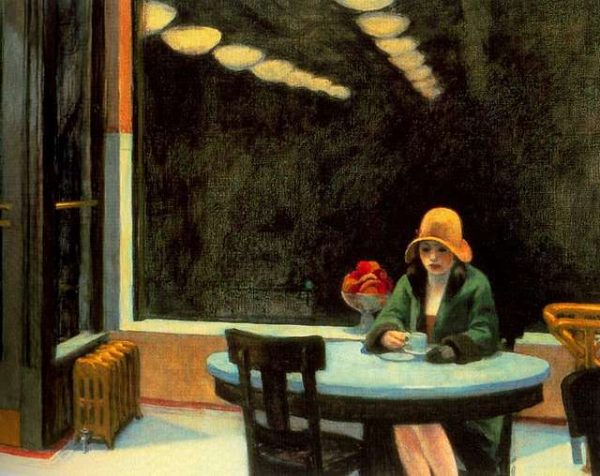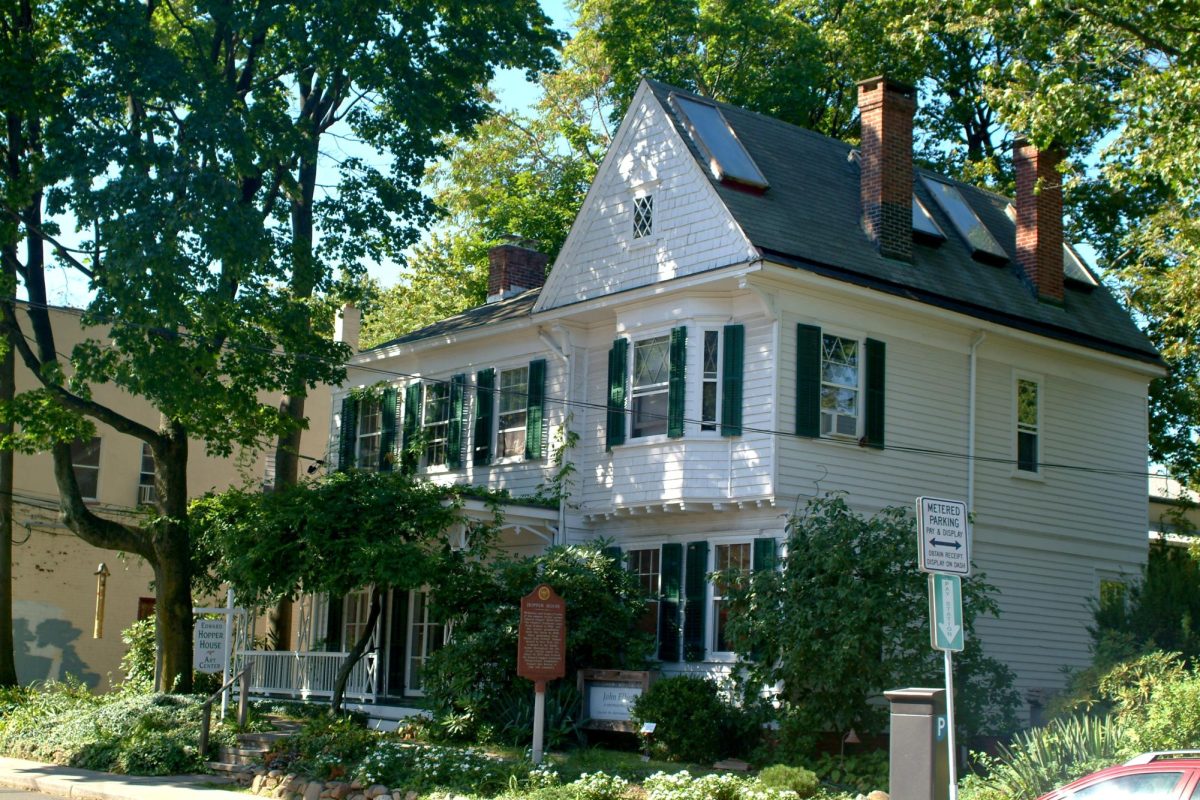Are you interested in delicate and realistic art? If so, you might recognize this name: Edward Hopper.
Hopper, born on July 22, 1882, in New York, remains a luminary artist celebrated for his iconic paintings of lonely cityscapes and other places. His masterpieces, including “Nighthawks” and “Automat,” stand as exemplars of his ability to convey a profound sense of loneliness and introspection. Beyond technical precision, Hopper’s paintings evoke a mysterious atmosphere, with characters deeply engaged in contemplation, contributing to an overarching sense of isolation that resonates through his extensive body of work.
The New York Times suggests that Hopper’s artistic inspiration found its roots in his hometown, Nyack, New York. His not grand yet elegant Victorian-style house, adorned with large windows, allowed natural sunlight to permeate, creating a warm and inviting ambiance. The well-polished wooden porch added an extra layer of charm to the residence, giving visitors a glimpse into the artist’s daily life.
Ascending the steep staircase to Hopper’s room on the top floor unveils a strategic position overlooking the Hudson River. Three windows frame distinct scenes – one facing the bed, another the fireplace, and the third focused on his canvas. Each view captures the wide expanse of the Hudson River, with boats and yachts sailing by. Despite the breathtaking scenery, moments in his room, gazing out the window, conveyed a profound sense of isolation. Hopper’s desire to recreate his reality through painting emphasized the emotional struggle between the immediate visual reality perceived through windows and the elusive world sensed indirectly.
Exploring the Edward Hopper House with a focused lens on windows delves into the emotional distance and isolation between the tangible external world and the intangible internal realm. Edward Hopper Net explained Hopper’s paintings often featured individuals contemplating the world beyond windows, emphasizing the psychological tension between the inner and outer realms—a recurring theme in his extensive body of work.

In his iconic piece “Automat,” a lone woman sits by a window in a diner, peering out at the nighttime cityscape. According to Calameo, the window serves as a visual boundary, accentuating detachment and loneliness, while the illuminated scene contributes to the emotional resonance of the artwork. Hopper’s distinctive use of windows and lights subtly communicates a hidden message, emphasizing the interplay of light and darkness within his paintings. The meticulous attention to detail in capturing the nuances of natural light through windows adds depth and complexity to his works, inviting viewers to contemplate the interconnection between physical and emotional landscapes.
For those intrigued by the theme of loneliness and isolation in art or fascinated by Edward Hopper’s exploration of these emotions, a visit to the Edward Hopper House Museum & Study Center is highly recommended. The museum provides a unique and personal glimpse into Hopper’s early life, allowing visitors to explore the spaces where he honed his craft—his childhood home and studio. In collaboration with the Edward Hopper House, the museum not only preserves the legacy of the renowned artist but also champions a broader mission: fostering and supporting the arts.
Beyond the canvases that immortalize Hopper’s vision, the museum stands as a testament to the enduring power of art to bridge the gap between the tangible and intangible, the seen and the unseen. It invites reflection on the profound impact of physical surroundings on artistic expression and the exploration of inner landscapes through the lens of external perspectives. The Edward Hopper House Museum & Study Center thus becomes a haven for art enthusiasts, offering an immersive experience into the world that shaped one of the 20th century’s most influential artists.












































































































































